How do you graph #y=|2x+3|#?
1 Answer
Please read the explanation.
Explanation:
We are given the absolute value function:
The
Vertex:
Axis of Symmetry:
We are given
Note that
Vertex :
Hence, Vertex is
Axis of Symmetry :
Hence, Axis of Symmetry is at
Create a data table for the Parent Function
the given absolute value function
The data table is given below:
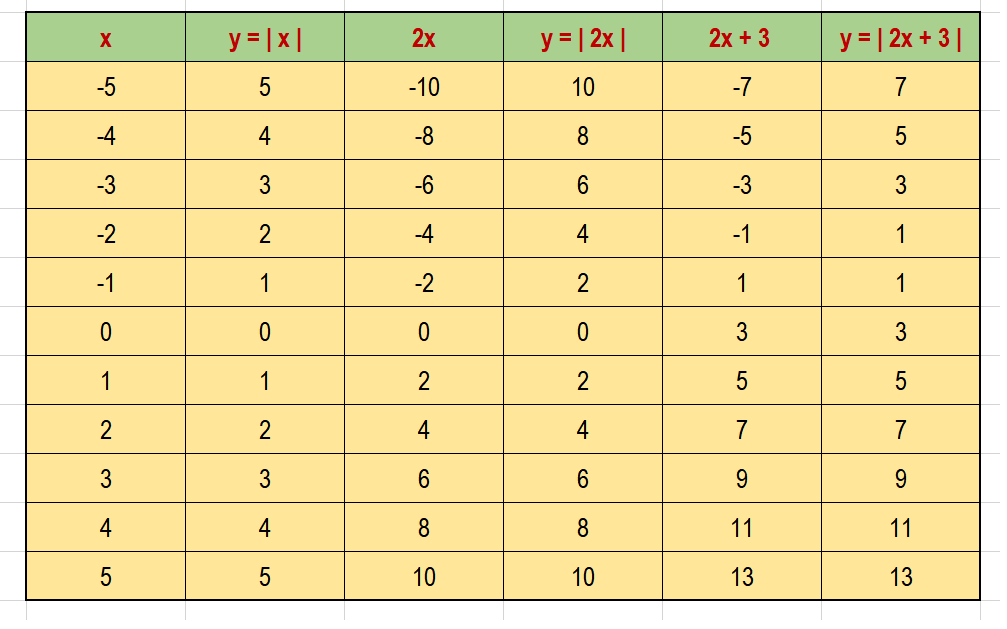
Draw the graph for
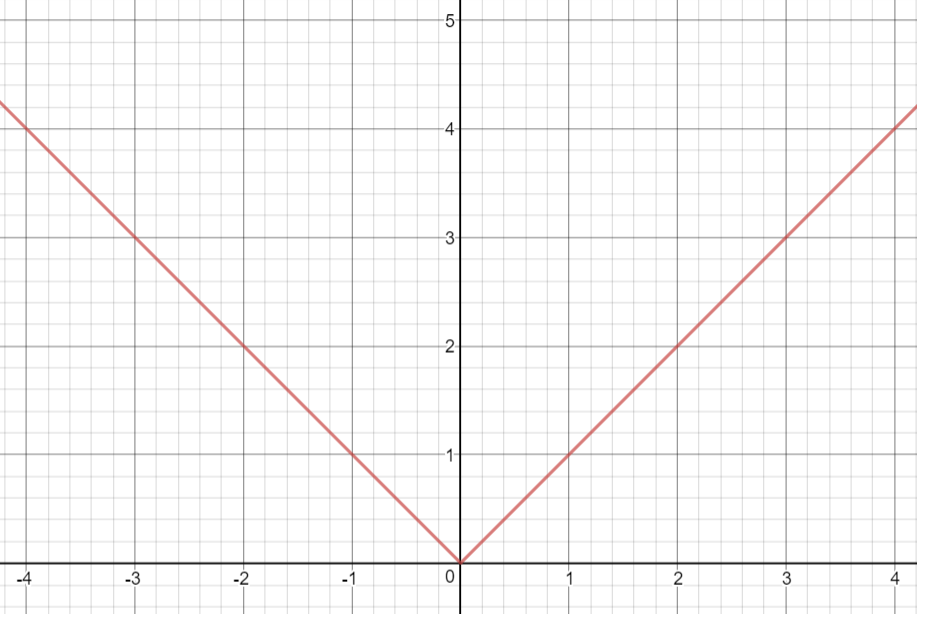
Draw the graph for
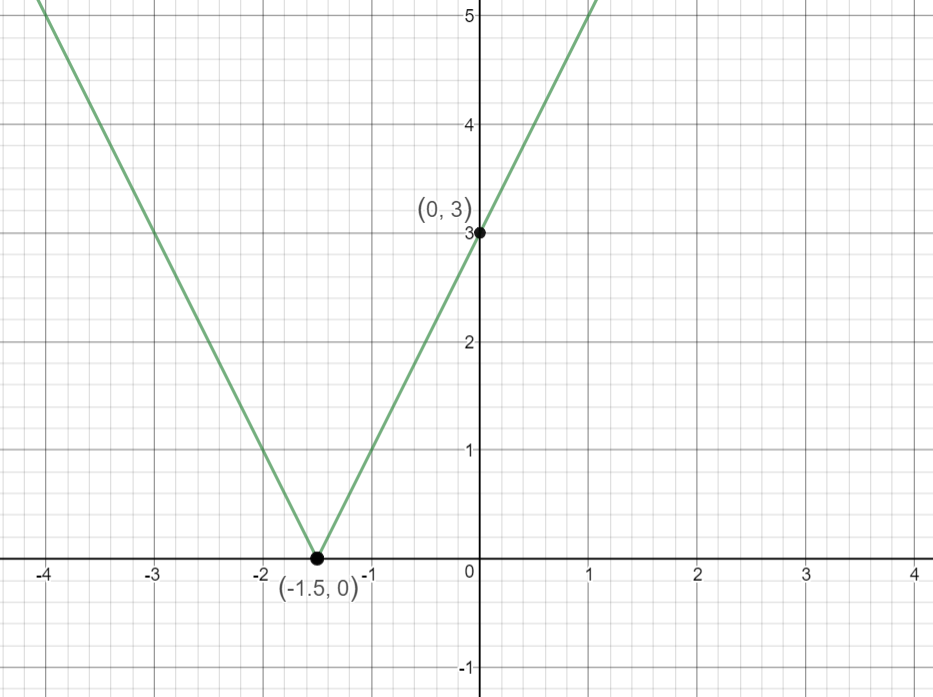
Observe that,
Vertex :
Draw the Axis of Symmetry on the graph as shown below:
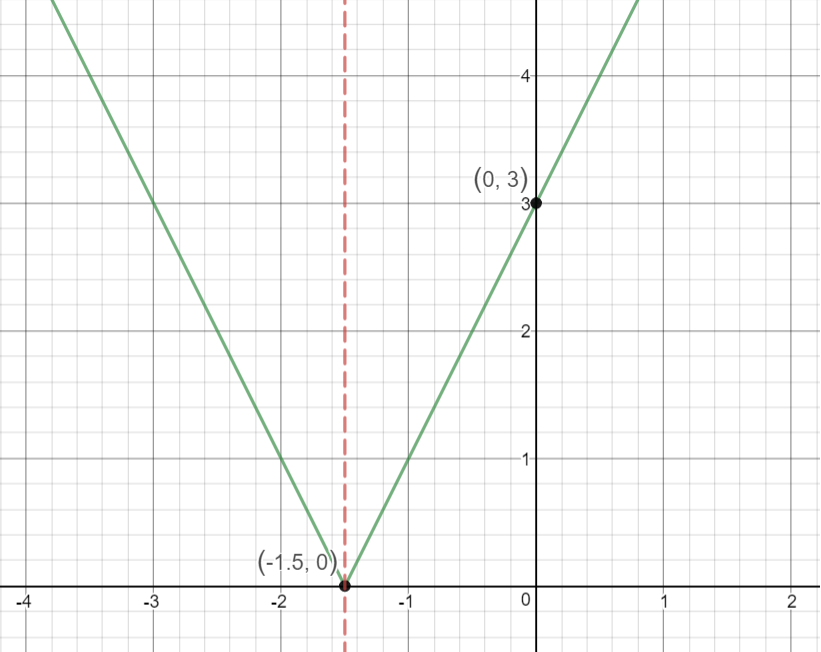
Keep both the graphs of
as shown below and analyze the transformations:
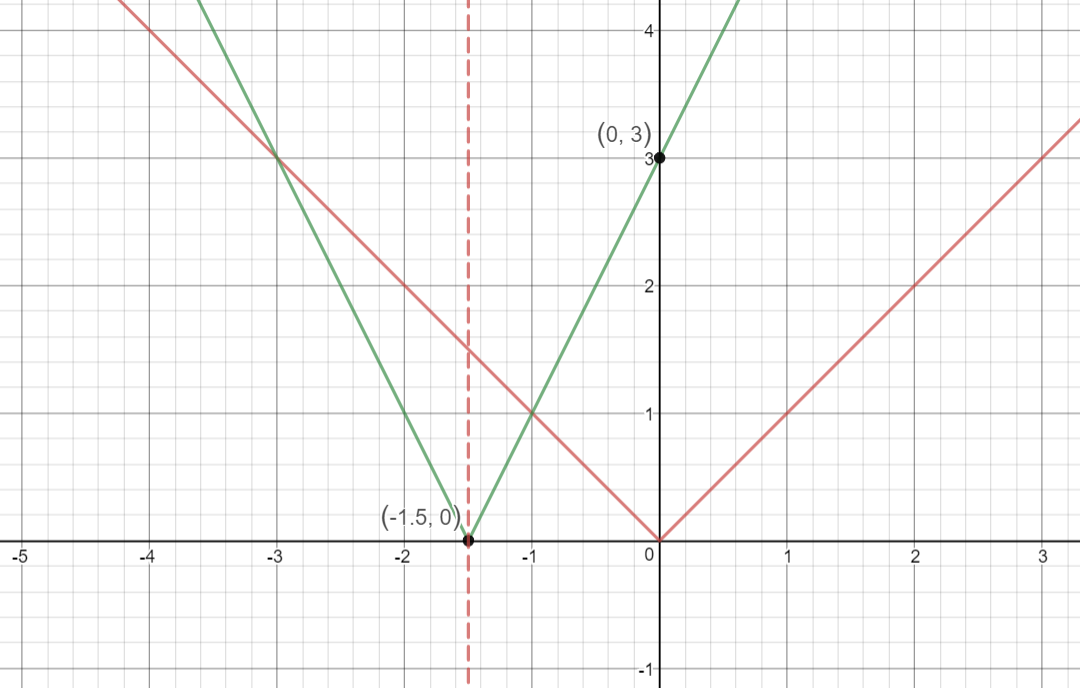
Observe that the values
All transformations are with reference to the parent graph.
Hope you find this solution helpful.

